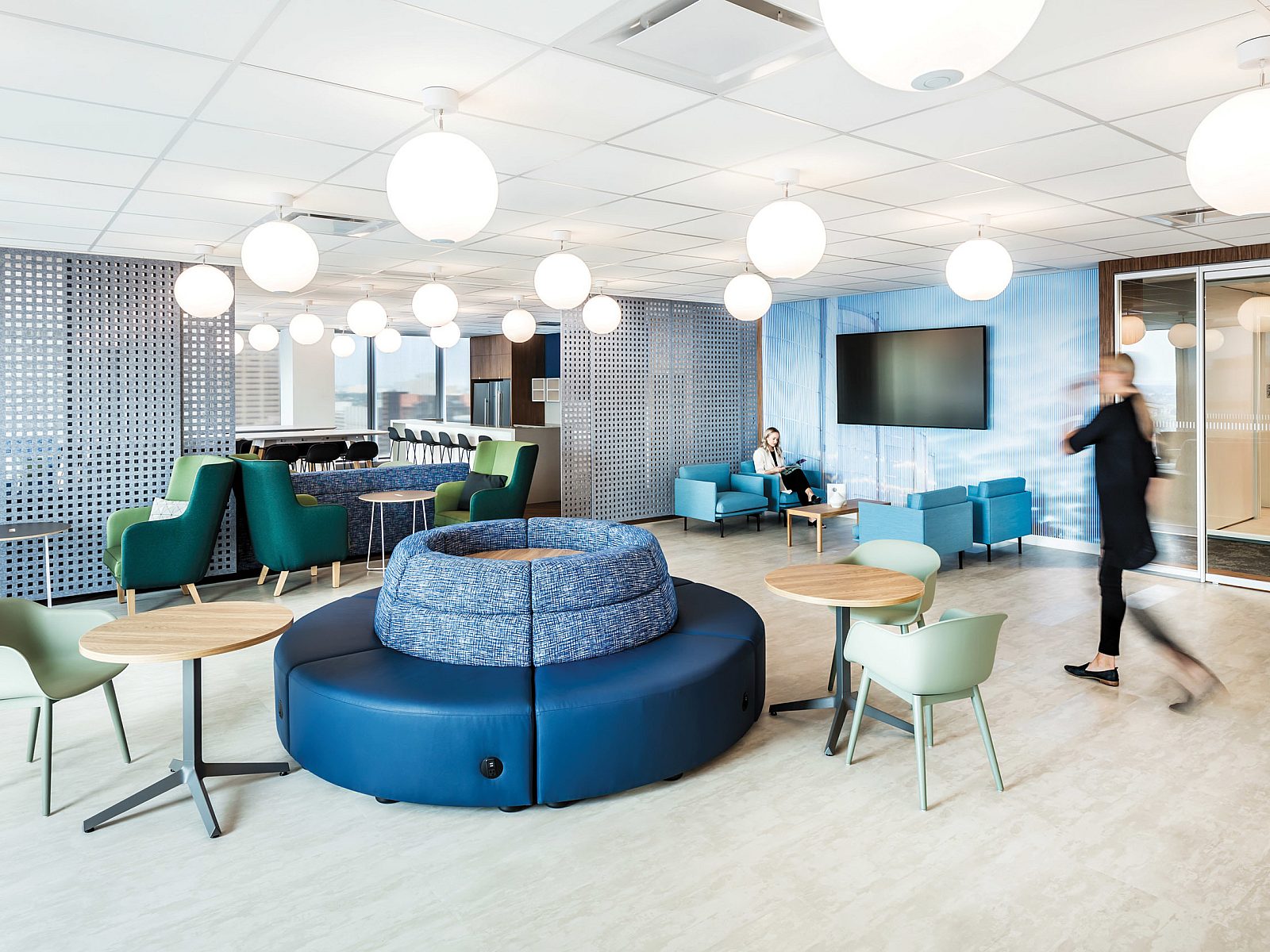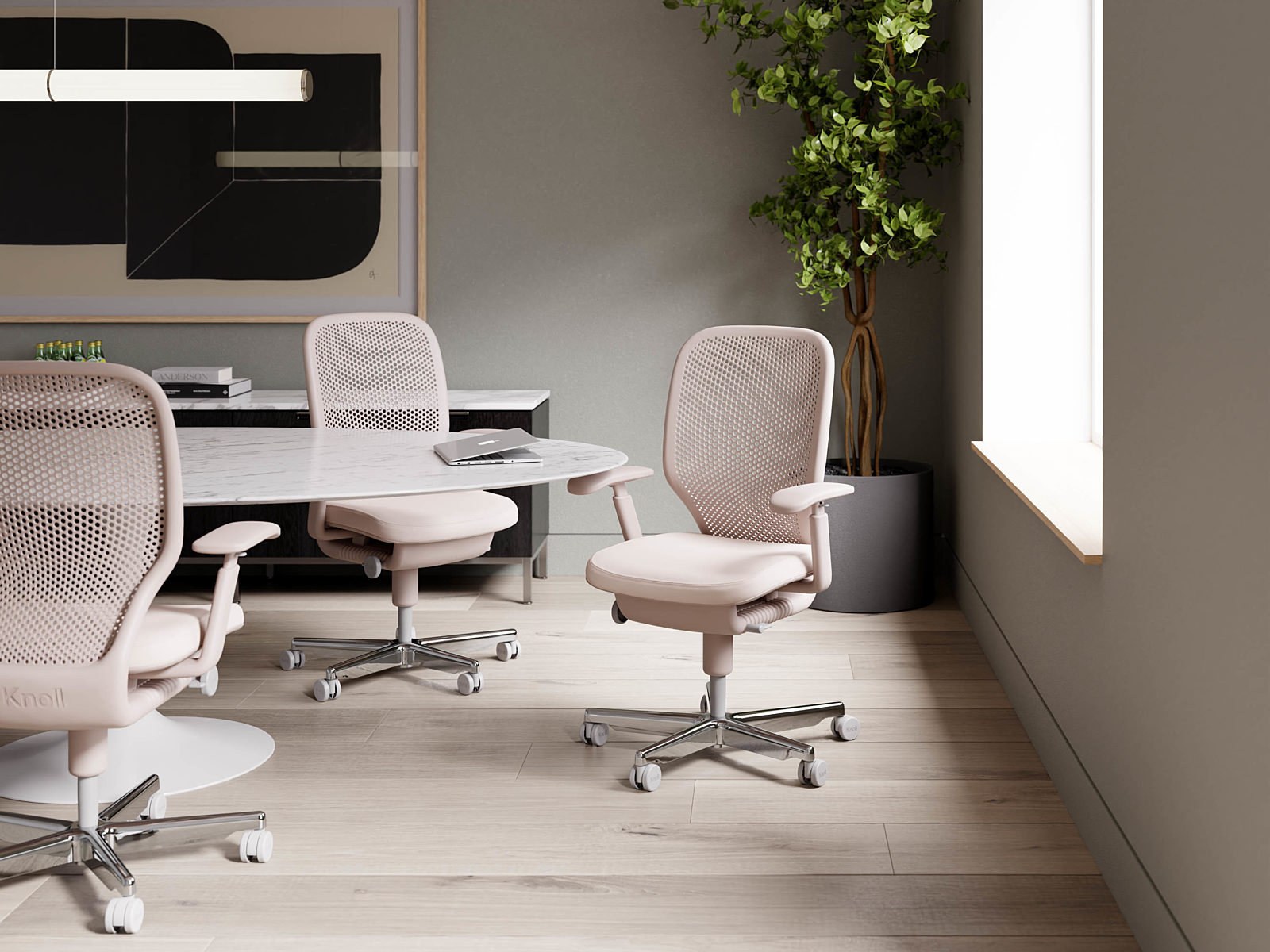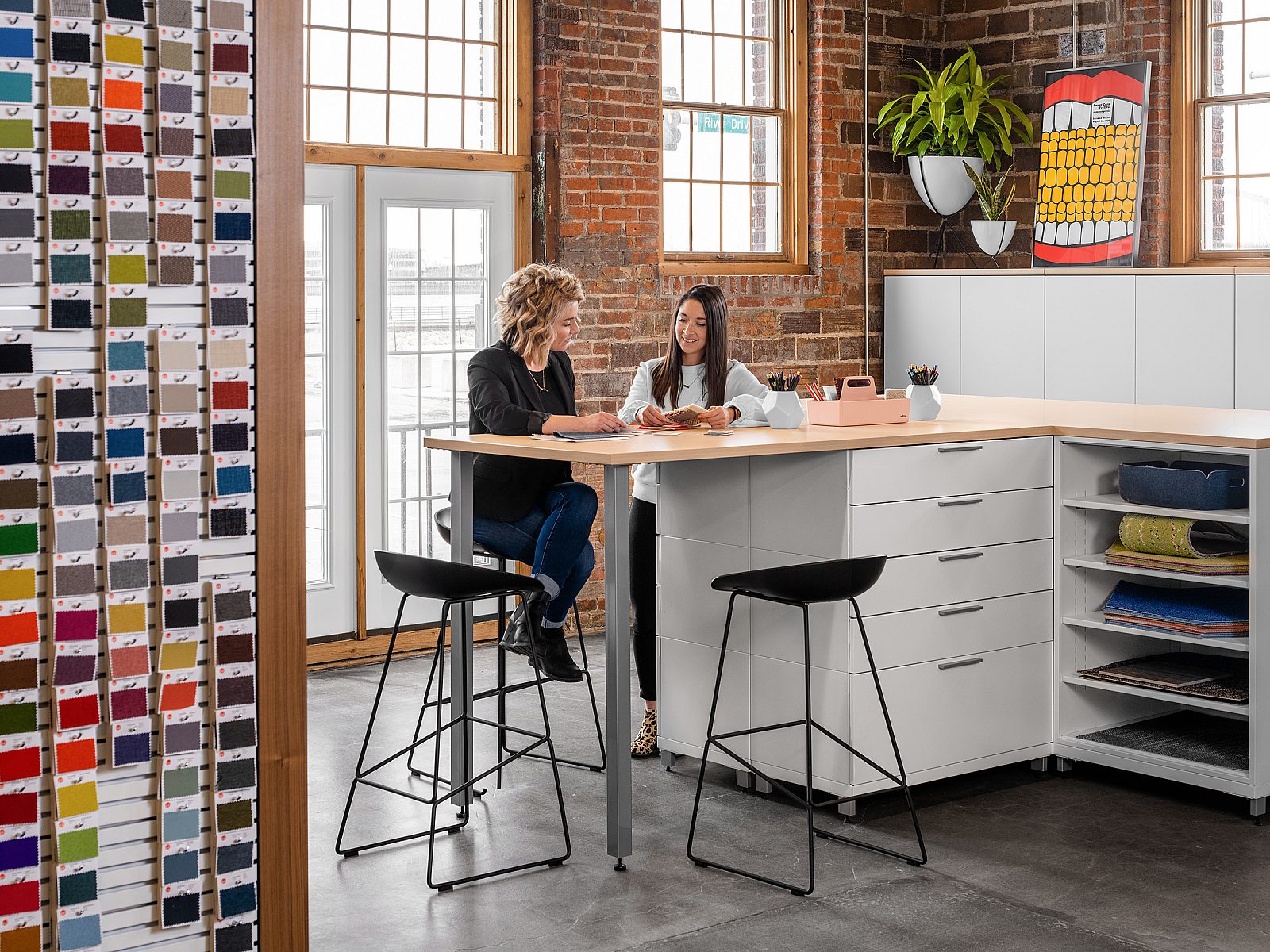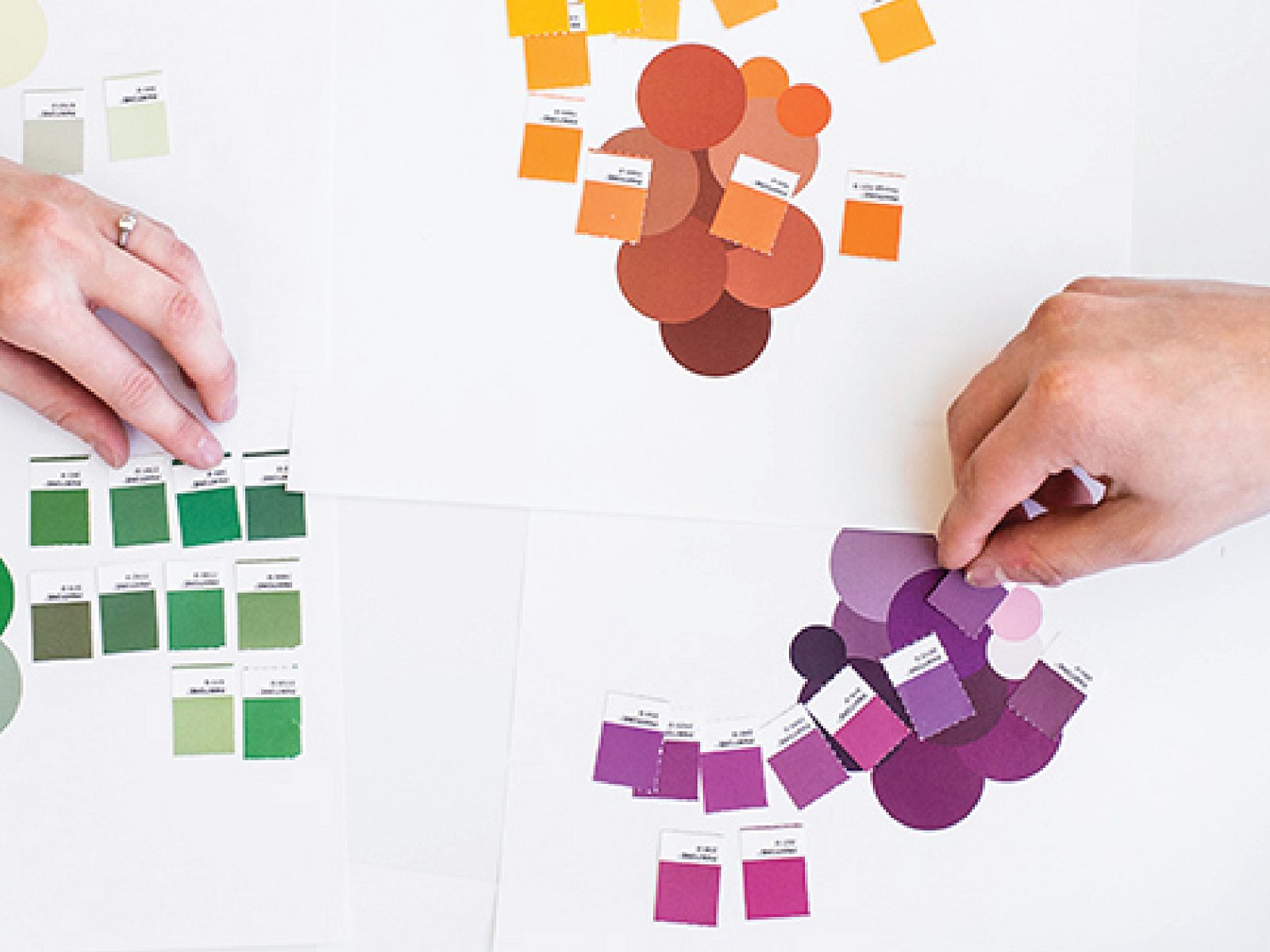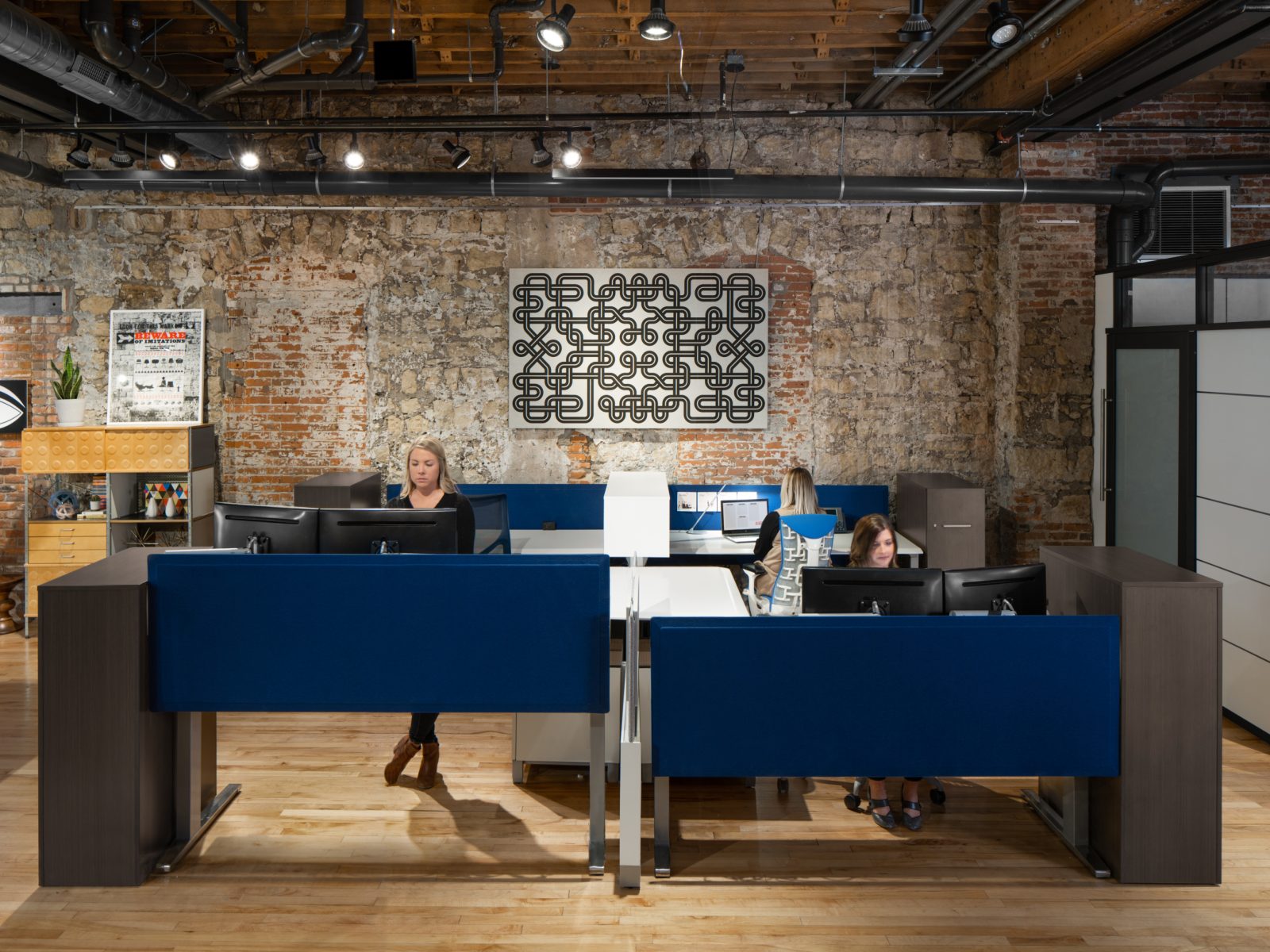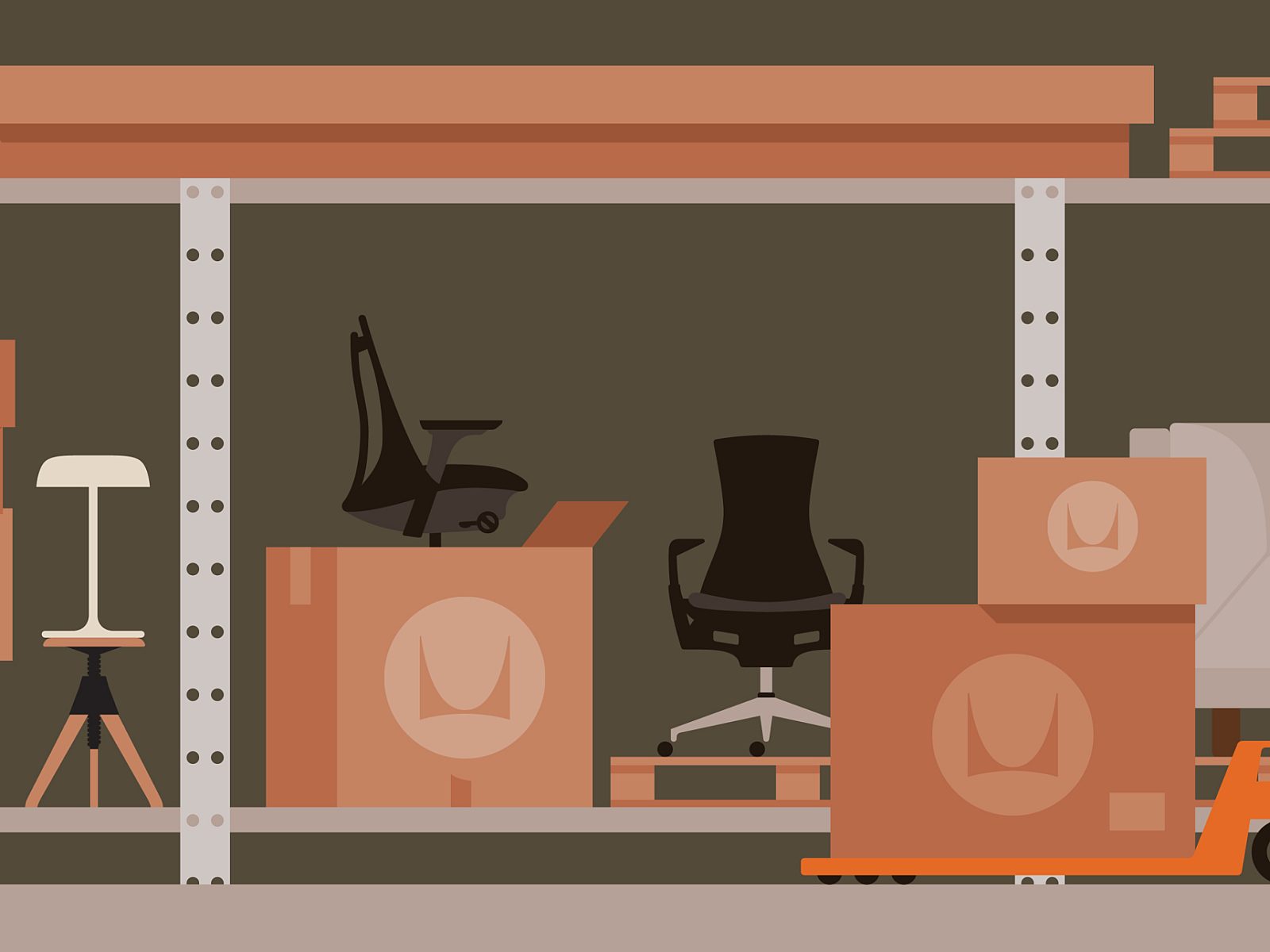The Womb Chair at 75 Years
Revolutionary in 1948 and resonant today in homes and workplaces, the Womb Chair persists as an ubiquitous beacon of comfort and an icon of modern design.

Designed for Florence Knoll by Eero Saarinen, the Womb Chair defied conventions of what a chair could be—from the feminist instinct that sparked its inception to the materials and construction that shaped its organic form.
The lounge chairs of the ‘40s encouraged society’s expectations of how a woman should sit: upright, ankles crossed, hands folded. Florence had a different idea. “I told Eero I was sick and tired of the one-dimensional lounge chair…long and narrow. I want a chair I can sit sideways in or any other way I want,” she said of her 1946 request. Her friend and collaborator agreed, noting the need for a “large and really comfortable chair to take the place of the old, overstuffed chair”—one that would suit the look of their own modern interiors.

A new form takes shape
Eero initially attempted the design with the molded plywood he recently favored, but it soon became clear that the size would push beyond the material's capabilities.
He and Florence heard of a New Jersey-based commercial shipbuilder who was experimenting with fiberglass and resin. After many iterations and prototypes, the fiberglass form was perfected. Coupled with ample armrests and a sweeping backrest, the comforting cup-like effect that Florence craved took shape.
The chair debuted in 1948 as the Model 70, and Eero filed a patent for his “shaped chair”. The organic form and liberating comfort earned it a nickname later officially adopted—the Womb Chair—and spurred a quick ascent to popularity.


Upon the chair’s release, Saarinen said, “Now more than ever, we need to relax.” Seventy-five years later, his words, and the Womb Chair, resonate today as they did then.










